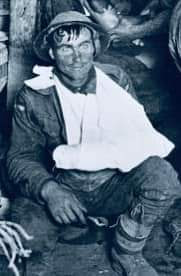In the 1720s, a Scottish woman named Margaret Dickson was found trying to abandon the body of her newborn baby near the banks of the River Tweed.
In the 1720s, a Scottish woman named Margaret Dickson was found trying to abandon the body of her newborn baby near the banks of the River Tweed.
It isn’t known whether she lost the child in the late stages, or whether it died shortly after being born.
Nonetheless, she was arrested charged and taken to Edinburgh to face trial, where she was found guilty and sentenced to death.
In 1724, Dickson was hanged but somehow survived. She was then allowed to go free because under Scots Law, her punishment had been carried out, she could not be executed for a second time for the same crime.
This prompted the wording of the law to be changed to hanged “until dead".











Comments
Post a Comment